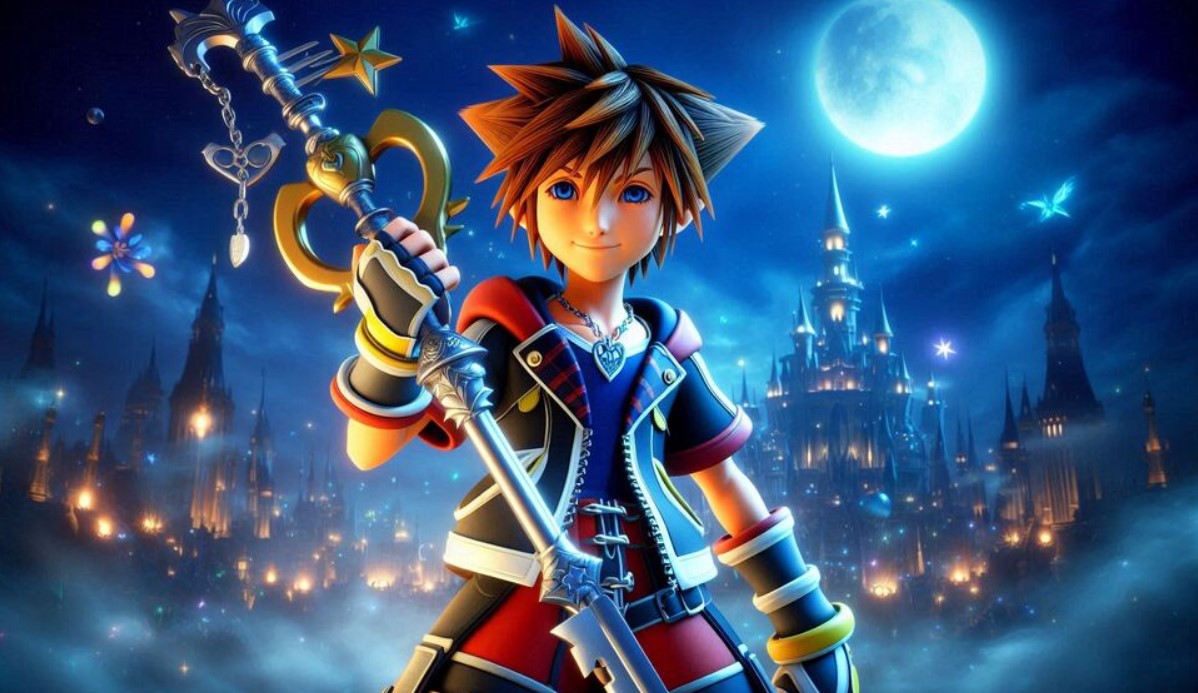What Is the Solid Drawing Principle of Animation?
The solid drawing is one of 12 basic principles in animation. The main reason why animators use this principle is that solid drawings give the characters and objects weight, depth, and volume during the animation process. It is not just about making things look good but about making them look realistic even on flat screens.
The BandurArt team decided to explore further the main principles of animation with the explanation of solid drawing animation definition and implementation – it can be useful if you enjoy playing and developing video games.
This principle very resembles traditional hand-drawn animation. An animator has to sketch the characters/objects from a three-dimensional perspective. It’s how you could make certain things pop out of the page – not literally but with the illusion of space and form created from a 2D sketch.
The foundation of solid drawing for animators relates to 12 basic principles of animation used in large animation studios like Pixar and small indie game studios. All the specialists who take art classes know how to implement these principles, including the concept of solid drawing.

Despite the fact that most games now use 3D models, the underlying idea of solid drawing remains relatable. A character has to be done with a clear understanding about its moves, how its moves are balanced, and how its form will change with the differing angles of view. The stylization and format can be different – this principle is equally important for 2D/3D video games with animations.
Summing up, the principle of solid drawing animation is what gives characters the look and feel of being “alive” and acting like in our reality. It is about imagining the weight and volume of the body/object during the set movement.
Solid Drawing Animation Principle – Key Elements
Now that you know what is solid drawing in animation you need to understand its key elements.
- Form and Volume
The most important thing when trying to figure out the principle of solid drawing is the understanding of form and volume. For creating standard animations, you need to simplify the detailed and composite characters into such basic shapes as spheres, cylinders, or cubes. Such forms create an illusion of 3D on a flat surface. Animation of a human or an animal is typically easier to perform. It is getting more natural when a 2D/3D animator thinks of the character in many forms. These basic forms are a quite useful way to manipulate the character’s moves more realistically.

- Proportions
The proportions make the balance of the animated characters. You need to make sure that each part of a character’s body is appropriately sized, without the visual misbalance. Do you remember Redfall with their disproportionally large hands? You need to avoid this at any cost. Poorly designed in video games, that may make the character look weird from other angles or in different animations. A well-proportioned character – even if it’s more stylized than realistically looking – feels natural to the player. This makes gameplay smooth and immersive.
- Perspective
Perspective helps to deliver depth to the characters. In such a way, the animators can stage their animated objects in space to let them interact in the same environment. The animations can become more realistic and believable. An example is the use of foreshortening to make objects or body parts appear as if they are coming toward the viewer. Knowing how it works helps to achieve the consistency of character besides the camera angle.
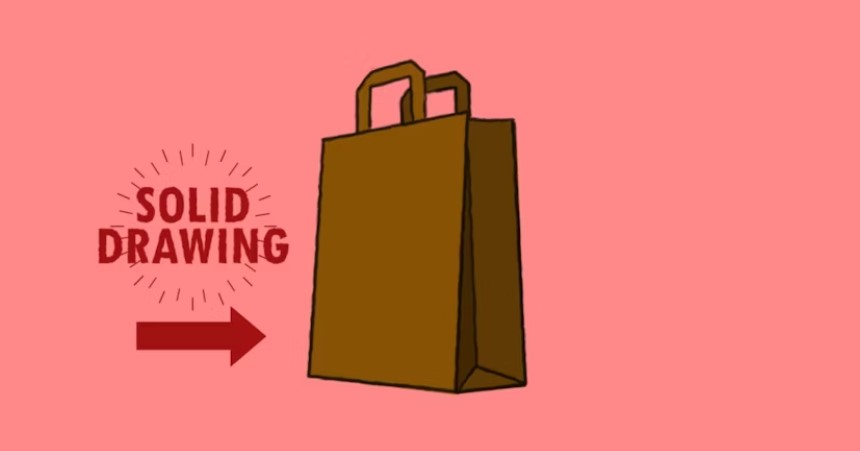
- Weight and Balance
It is the weight and balance that can give the characters’ movements more realistic touches. Each time the character runs, jumps, or simply stands still, it needs to interact with gravity in some believable way. This means understanding how the weight will shift onto and off the limbs and how the center of balance is maintained. Every single movement should feel real and natural.
More about the principle of solid drawing in animation you can watch in the following video with understandable visuals.
What Techniques Should You Follow When Using Solid Drawing Principles?
This principle of animation is one of the hardest to master. You need to learn a few techniques to be able to implement the solid animation principle during your practical tasks:
Line of Action
A line of action is one of the simplest, yet most effective tools of animation. An imaginary line running through the body of a character/object represents the overall flow and energy of a pose. It is like the backbone of your animation system. With a strong line of action, your character’s movement gets more dynamic, like in real life. Whether the character is running, jumping, or standing still, the line of action shows how the body should bend and twist to create natural poses that instantly draw the player’s gaze.
Turnarounds
It means sketching the drawing or modeling of a character from all possible angles: front, back, side, and anywhere in between. It helps the animator to maintain the character’s movements. In video games, this is important, since characters are constantly rotating and interacting with the 3D world. A good turnaround system will make sure that the character looks solid and natural from every angle. We also recommend checking this Reddit thread where aspiring 3D and 2D animators learn how to create solid drawing animations with turnarounds.

Silhouettes
If you can tell what your character is doing by looking at their shadow or silhouette, then you have nailed this technique. In video games, when the action gets moving fast, the players need to know right away what’s happening. A strong silhouette cuts through all that chaos and lets your characters shine, even in a crowded place.
Texture and Detail
While the solidity of the drawing deals with form and volume, adding texture and detail will breathe life into your characters. Such small things as the folds of the clothes and sweating skin pores contribute to the realistic feel of the character. But beware, don’t overwork your drawing – too much texture will destroy the illusion of a solid form. The idea is to find a balance where the texture supports the form without overwhelming it.
Surely, these are just the basic techniques the BandurArt team recommends to master. But the effort and time will be worth the result that can help to land a very good job position.
Do Video Game Animators Need to Learn Solid Drawing Principles?
Solid drawing animation is a necessary-to-learn skill for video game animators. Why? Because at its core, solid drawing has to do with creating a character or object which movements are realistic. That’s what helps animators understand how to give their creations weight, volume, and depth.
In other terms, solid drawing has something to do with how characters move and act around in 2D/3D games. When you master the form, volume, and perspective principles, you will be able to achieve balance for the character through different directions and dynamic movements.
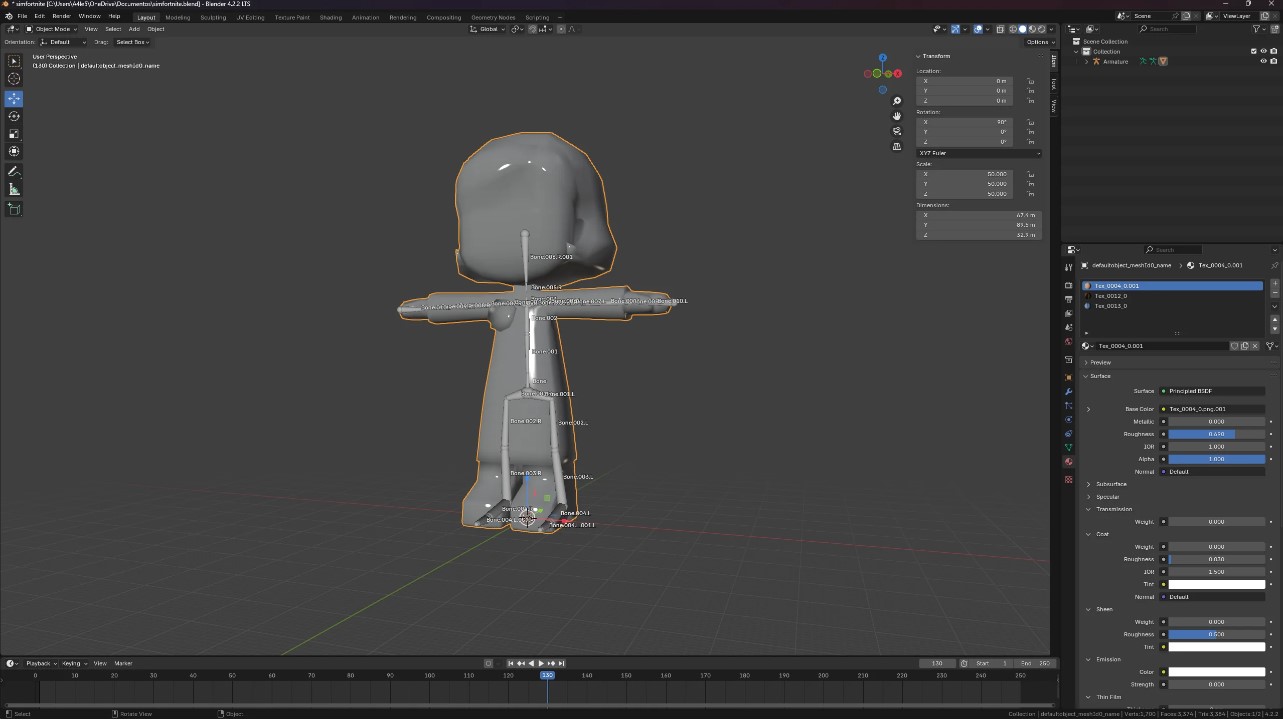
Solid drawing is equally relevant when you want to create 3D animation. A 3D animator needs to know how to pose and move these models so that they feel natural. The knowledge of the principles of solid drawing animation will help to create the animated characters are balanced, weight shifts realistically, and an implication of depth will make their movements more convincing.
Tools to Master the Solid Drawing Principles:
- Drawing with a pencil or brush from realistic objects. Draw or sketch animals, people, moving cars, and trains while they move to train your artist’s eyes on how to capture form, volume, and, more importantly, movement;
- Use the professional 3D modeling software. The animation-specific tools like Blender, Maya, and ZBrush make drawing in 3D much easier. You can do real-time experiments with forms and volumes. They give a deeper insight into how the objects move and relate to one another in a virtual space. You’ll be able to rotate the model, adjust the pose, and analyze how light and shadow influence the moving forms;
- Thumbnail sketching before the proper detailed work is a great way to explore different poses and compositions without losing precious time. Focus on the form, volume, and balance without getting bogged with the small details. Quick sketches help to refine your ideas and work out the structure of your characters before bringing them into full animation cycles;
- Public libraries like SyncSketch can also help you study movement, weight distribution, and character interaction from a wide range of animation styles;
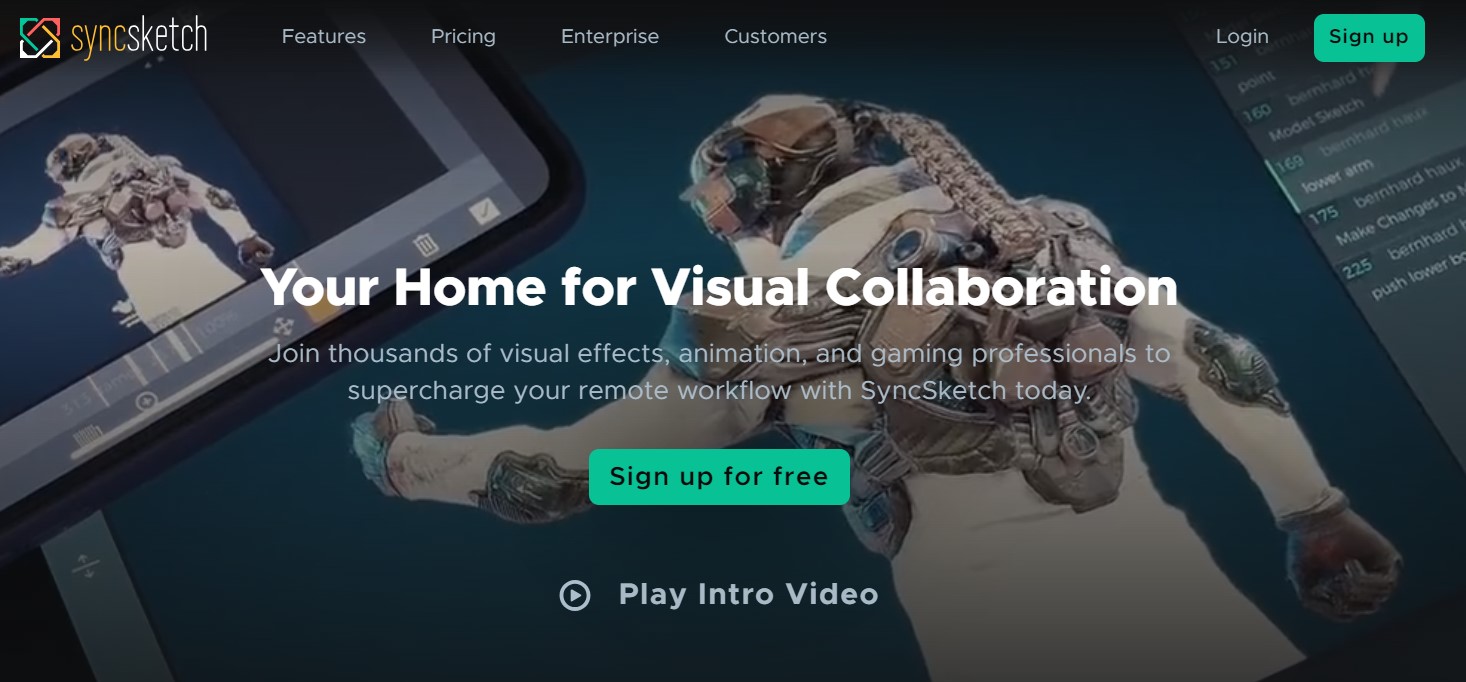
Also, prepare for the fact that as a beginner animator, you will face a few nasty challenges.
- The most serious difficulty is the transfer of 3D forms to 2D canvas. It will be hard to picture in their minds some things or characters moving through space, and then put that onto a flat canvas. That is why you need to practice a lot to get such ideas instantly;
- Another challenge is to be consistent about the animated poses and angles. The objects and characters in video games have to be animated from every possible point of view. Their proportions and balance must be maintained for smoother rotation or movement. Poor proportions shatter the immersion of and cause the feeling of a character that can be described as “wooden” or “plastic”;
- Another challenge is to balance the photorealism with the game’s style. Most game animations are stylized. However, even the moving objects with exaggerated designs have to be animated with the following principles of animation, including the concept of solid drawing. You can never forget about the weight and perspective;
- Most animators must work hard at dynamic movement and weight distribution while using the principle of solid drawing animation. Understanding how the character’s body reacts to gravity, and how that weight shifts during running, jumping, or fighting, is a very challenging (but rewarding) task;
Solid Drawing Examples in Video Games
The first solid drawing animation example that comes to mind when we talk about stylized animation with realistic movements is Cuphead. Every character in Cuphead has a realistic look and feel because of the perfectly implemented principle of solid drawing. Characters keep their weight and volume while moving and attacking. That is why their movements flow very organically.
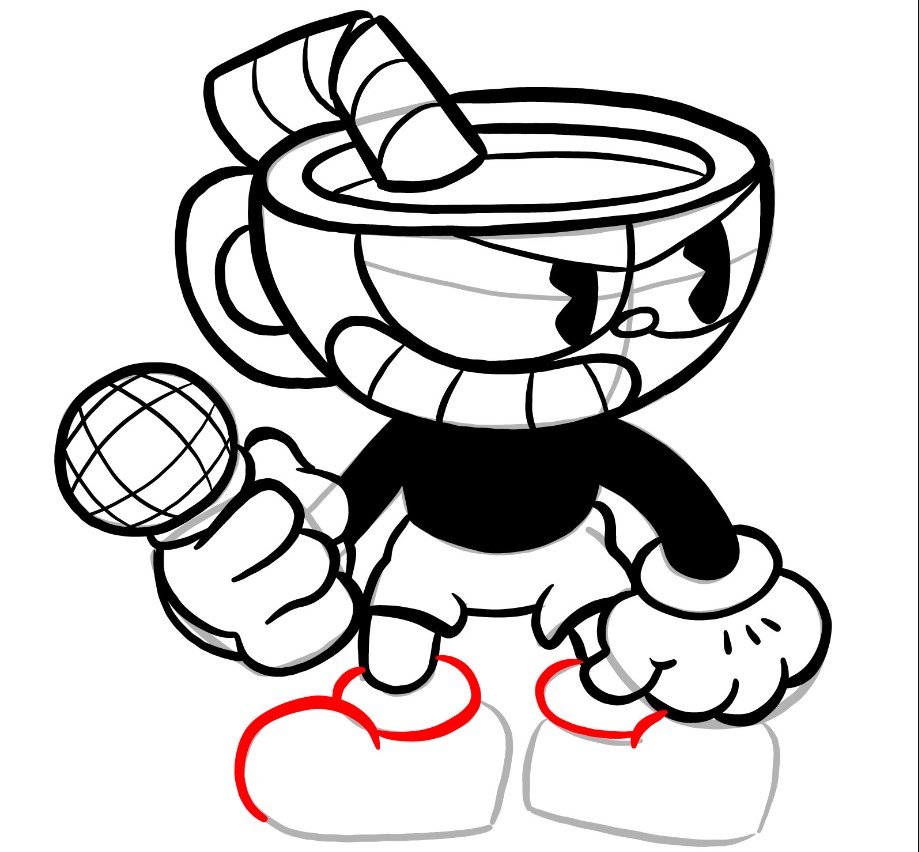
Another great example is Legend of Zelda: Breath of the Wild. Link moves with some weight, in a well-balanced manner whenever the player climbs mountains, rides horses, or glides up in the air. His body naturally shifts with each new pose while all the movements feel natural and smooth because the animators respect the principles of form, volume, and gravity.
Another great example is Hollow Knight. Even though the art style is minimalistic, the animation for the characters uses the solid drawing principle. Everything from running to jumping gives a player the feeling of weight.
Frequently Asked Questions
Who invented the 12 principles of animation?
Designed by Ollie Johnston and Frank Thomas of Disney, two members of Walt Disney’s renowned “Nine Old Men”, the 12 principles of animation in their 1981 book helped show a basis for all animators that has become accepted around the world.
Why is solid drawing important?
It is important because it helps to make the characters’ moveset more believable with the 3D feel of weight and space on a flat screen of your TV or monitor. It helps to set up the character’s volume, weight, and balance during each move to make animations consistent and true to life.

Conclusion
Mastering all 12 principles of animation, including solid drawing is extremely important for a novice game animator. The BandurArt team wants to encourage you and help with useful tips about the first steps on your way to a successful career as a game animator. By the way, you can contact us if you already have animator skills or want to hire a professional team of 2D/3D animators for the development of a new gaming project. We are always open to collaboration!




